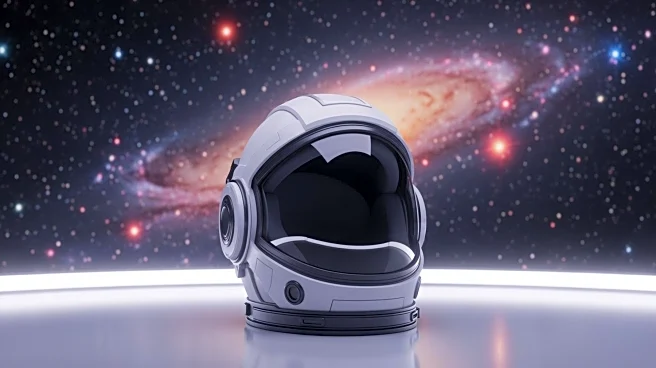What's Happening?
NASA's Europa Clipper spacecraft is predicted to potentially encounter charged particles from the ion tail of the interstellar comet 3I/ATLAS. This prediction comes from European researchers using a computer
code to identify when spacecraft can align with a comet's tail and the sun. The event, expected between October 30 and November 6, offers a unique opportunity to sample material from a comet originating outside our solar system. However, the ongoing U.S. government shutdown poses a challenge, as it may prevent the activation of Europa Clipper's instruments needed to detect these particles. The alignment is crucial for gathering insights into the composition of interstellar comets, which could be compared to those from our solar system.
Why It's Important?
The potential interception of charged particles by Europa Clipper is significant for understanding the composition of interstellar comets, which are considered time capsules from the early solar system. This event could provide unprecedented data on the materials that formed in different star systems, offering insights into the broader galaxy. The research could impact scientific understanding of cometary bodies and their role in the solar system's history. The ability to study such particles could advance knowledge in planetary science and astrobiology, potentially influencing future space missions and research priorities.
What's Next?
If the government shutdown is resolved in time, scientists may activate Europa Clipper's instruments to capture data during the alignment. The European Space Agency's Hera spacecraft is also in a position to intercept solar wind packets carrying cometary ions, although it lacks the necessary instruments for such measurements. The success of this mission could lead to further studies and missions targeting interstellar comets, enhancing our understanding of the universe. Future missions, like the European Space Agency's Comet Interceptor, are planned to directly sample cometary material, with interstellar comets being a high priority.











